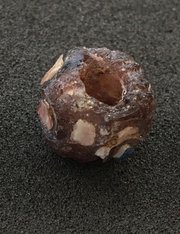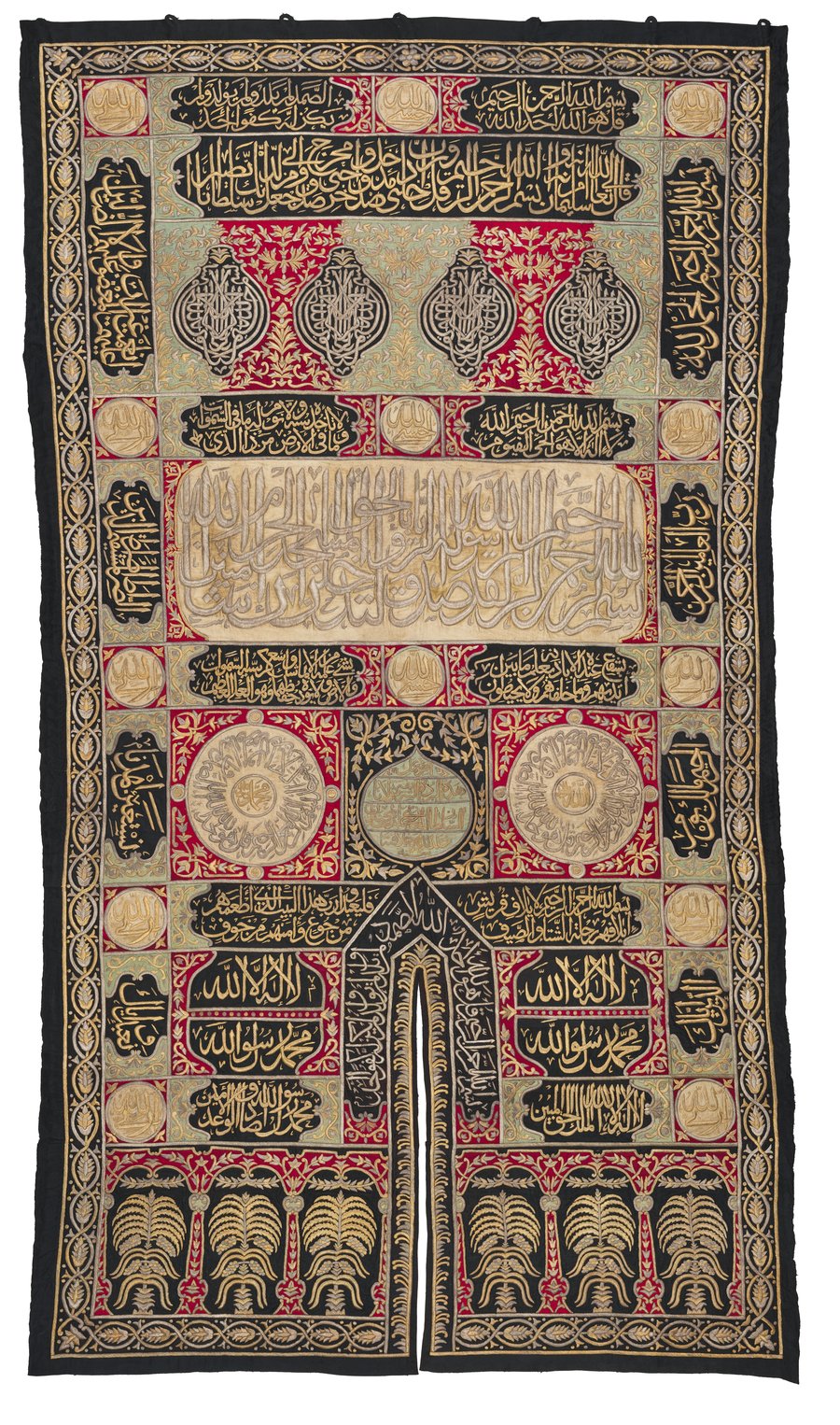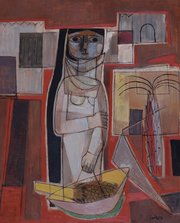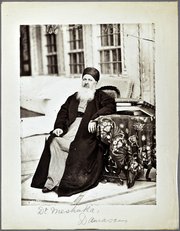
Ottoman Door Curtain for the Ka'ba
Museum of Islamic Art
- Title:
- Ottoman Door Curtain for the Ka'ba
- Production place:
- Egypt
- Date:
- 1846 - 1847
- Period:
- Ottoman
- Title:
- Ottoman Door Curtain for the Ka'ba
- Production place:
- Egypt
- Date:
- 1846 - 1847
- Period:
- Ottoman
- Material:
- Silk, Cotton, Metallic thread
- Technique:
- Weaving, Embroidering, Sewing
- Dimensions:
- 534 × 284 cm
This large textile was part of the kiswa al-sharifa (‘sacred cloth’) covering the Ka‘ba, which is up to the present day composed of several textiles changed every year. This section is the sitara (‘curtain’), also called burqu‘ (‘veil’) in Egypt, which corresponds to the piece placed over the doors, the most heavily decorated and embroidered part. At the time of the Prophet, the Ka‘ba was already covered by textiles and garments of cloth as part of the rituals that were practised before Islam. The textiles were sent as gifts from Cairo in a palanquin (mahmal), at the head of the procession of the pilgrims’ caravan to Mecca. A workshop dedicated only to the production of such textiles, the Dar al-Kiswa, was established in Cairo in 1233 AH/1817 CE by the Ottoman governor Muhammad ‘Ali Pasha. As stated on the medallion located above the opening, this piece was commissioned by Sultan Abdülmecid (r. 1254-1278 AH/1839-1861 CE) and is dated 1263 AH/1846-1847 CE. Embroidered with gold and silver on black, beige and red silk, it includes many Qur’anic inscriptions, including Surat al-Fatiha (Q1), Surat al-Ilkhlas (Q112), Ayat al-Kursi (Q2: 155) and the shahada.




